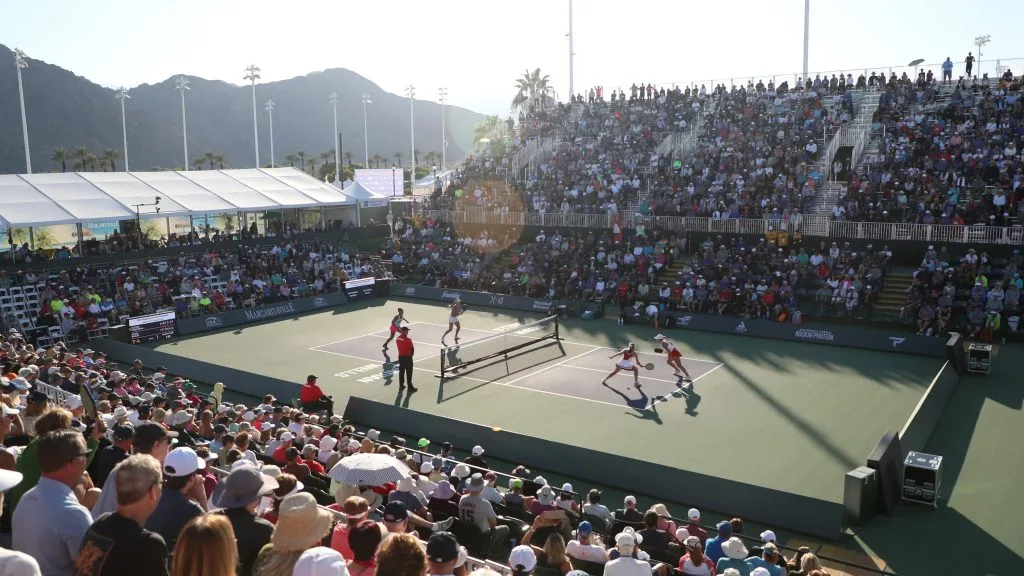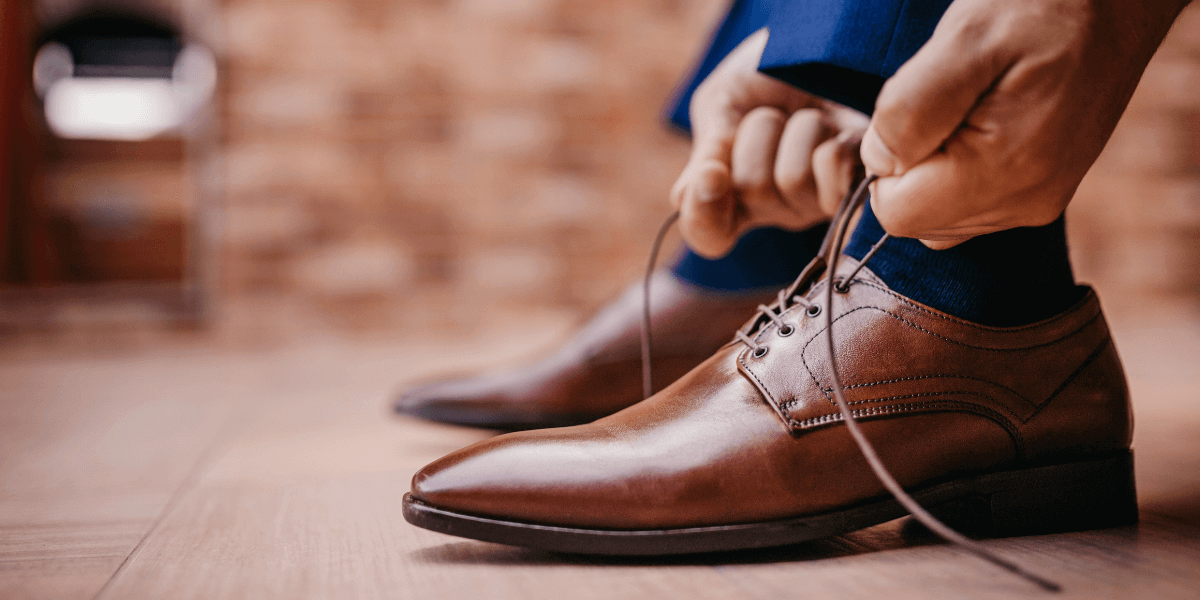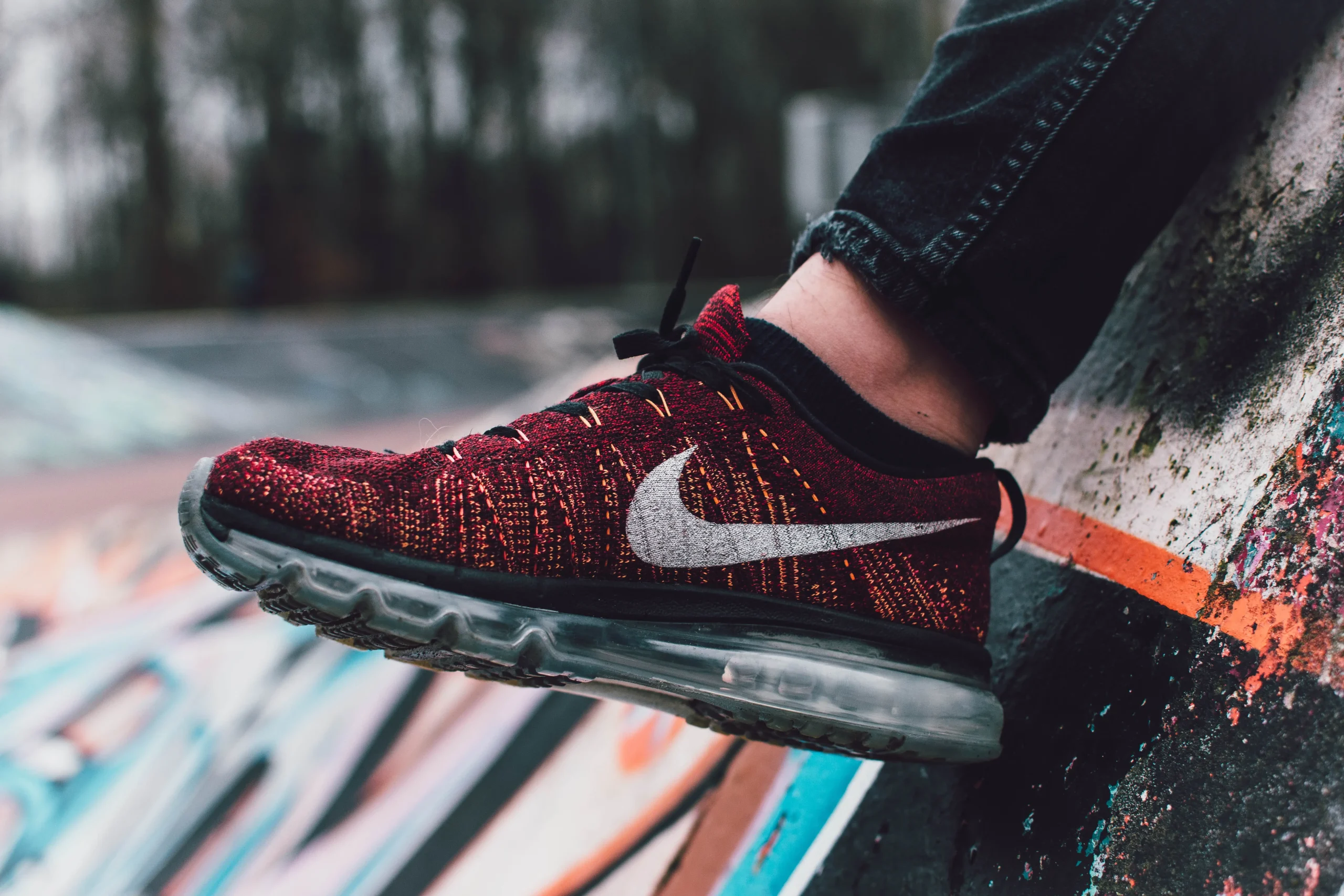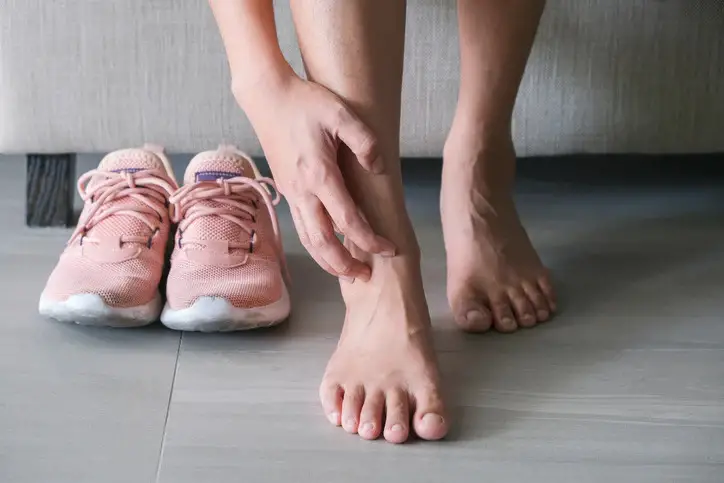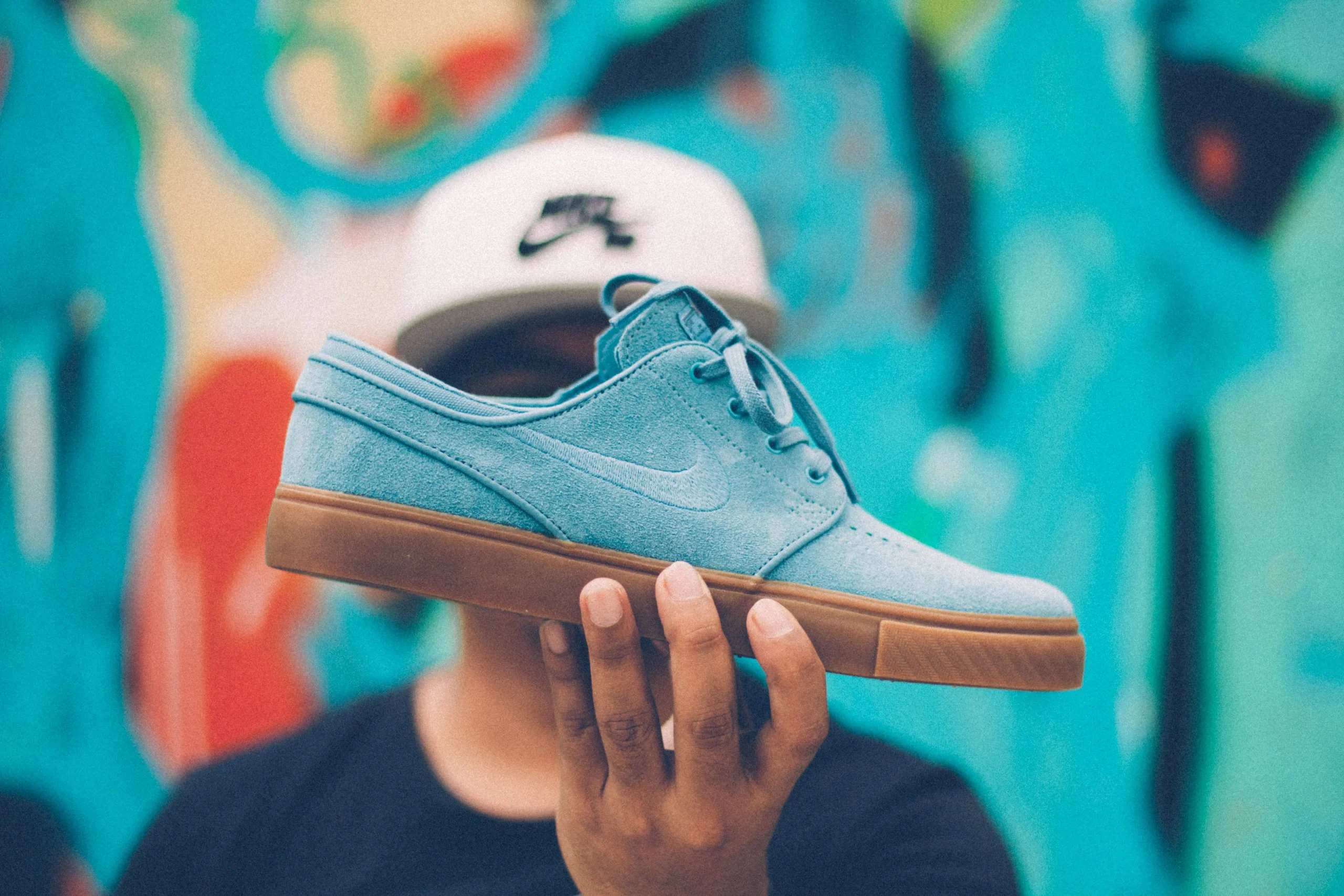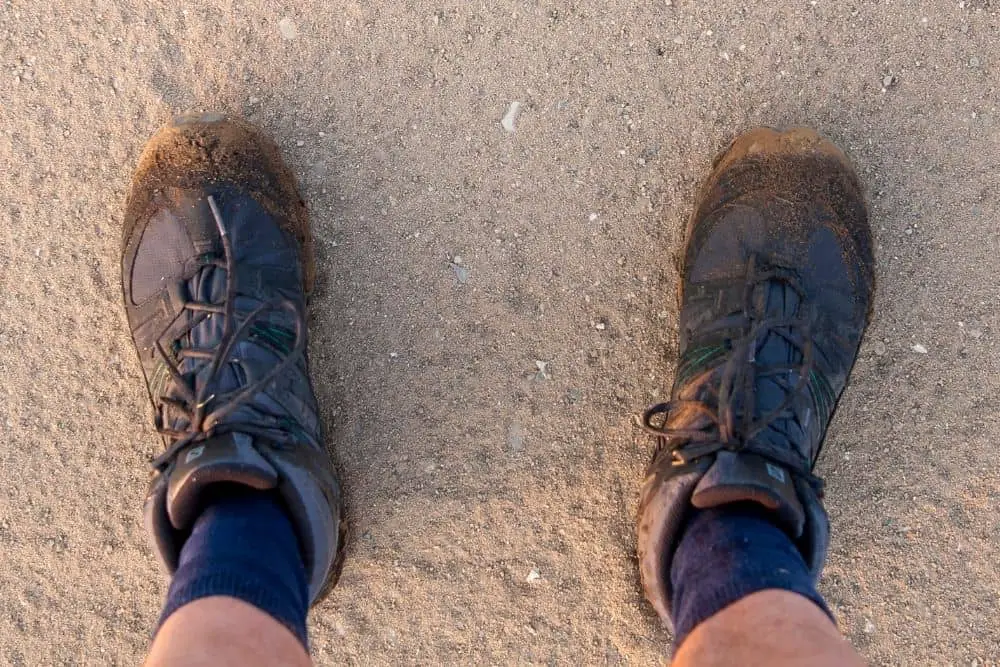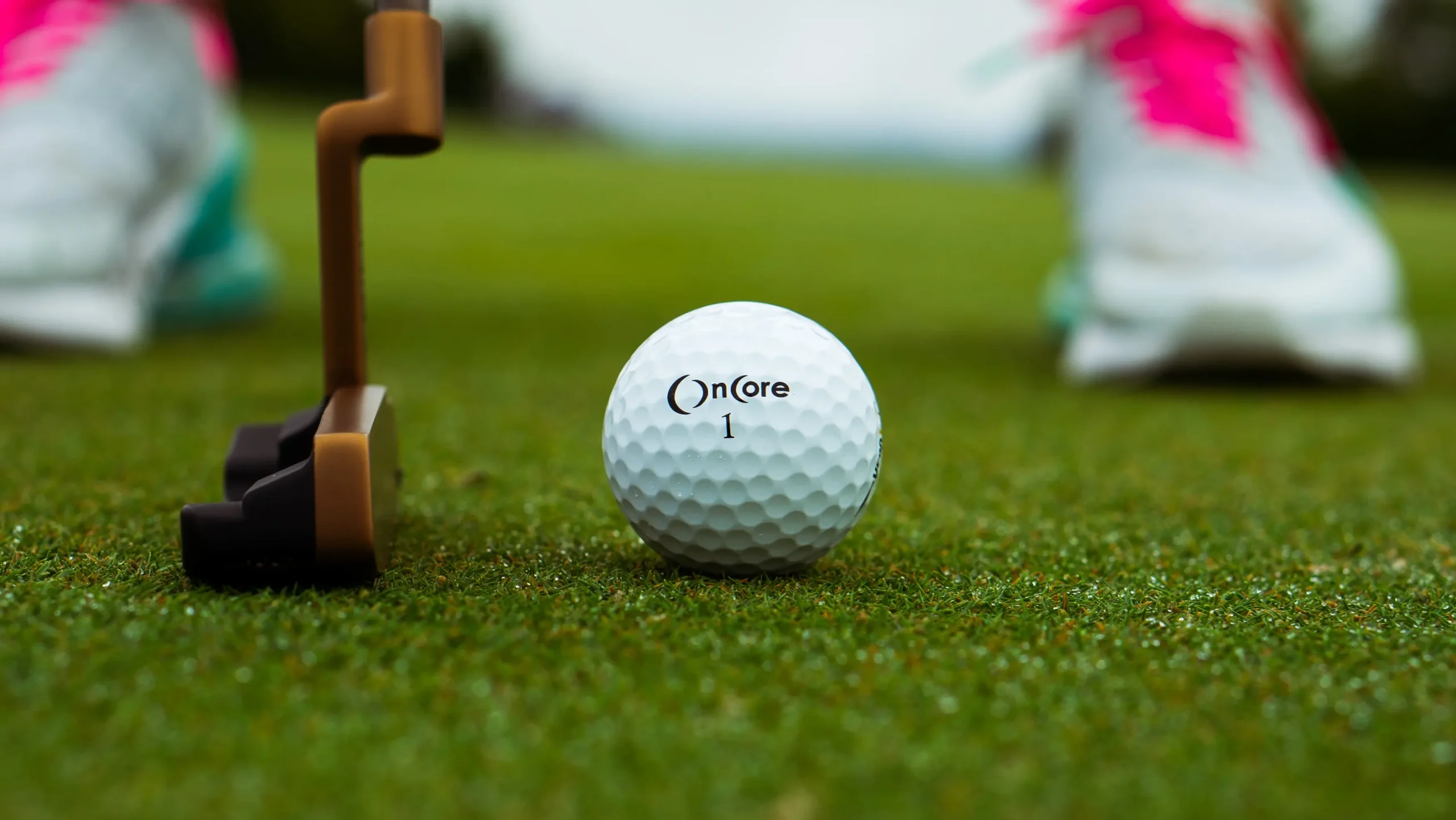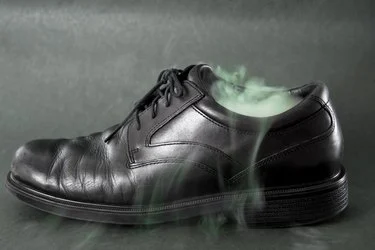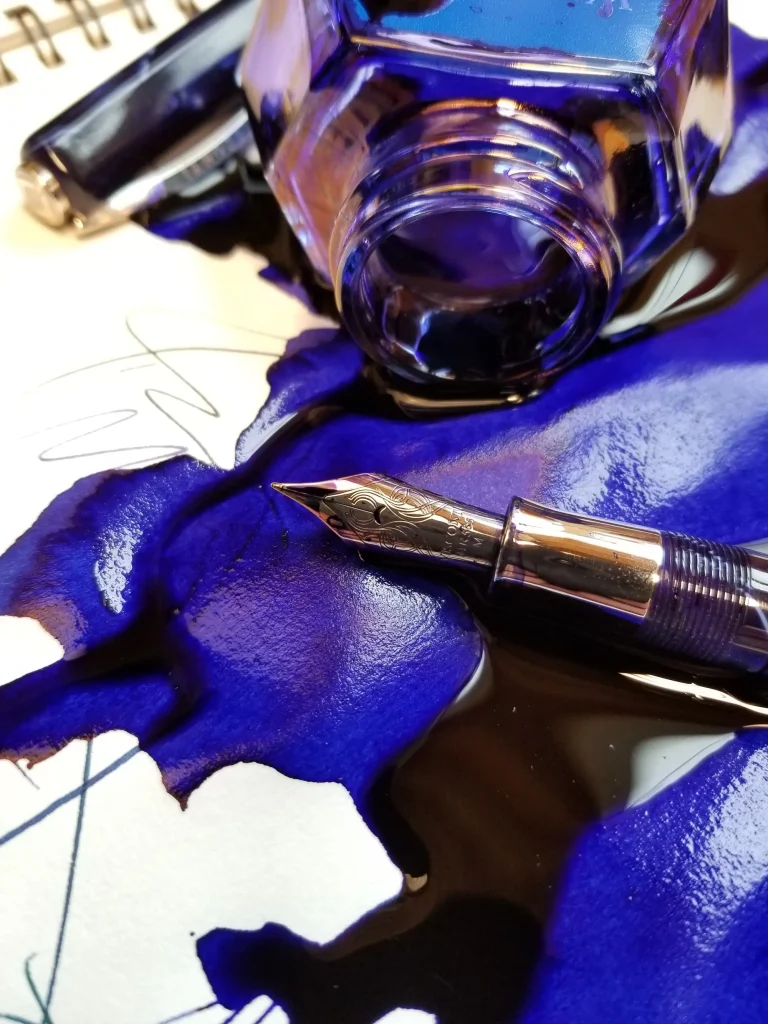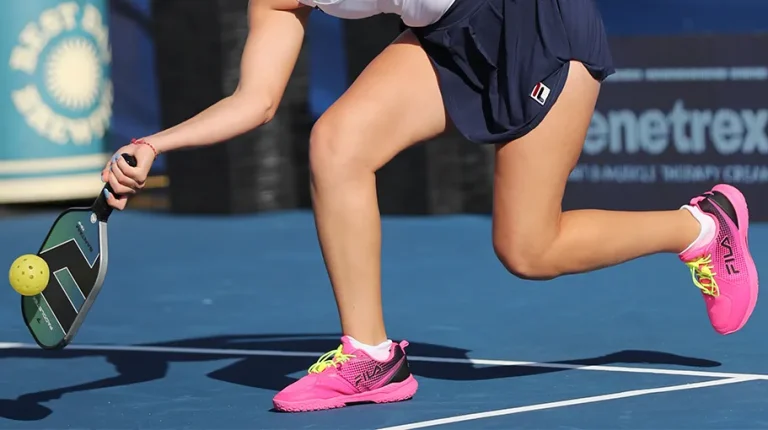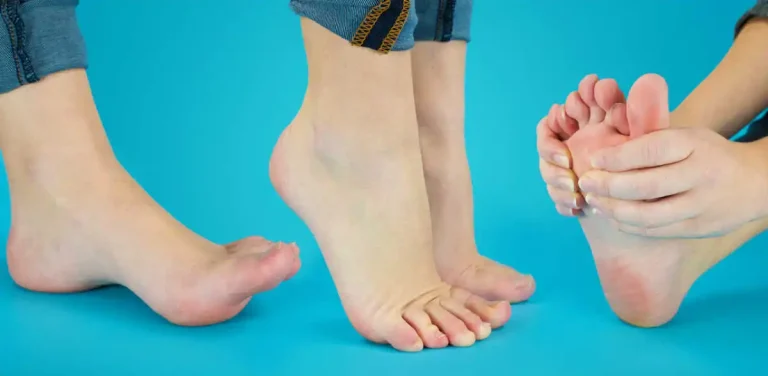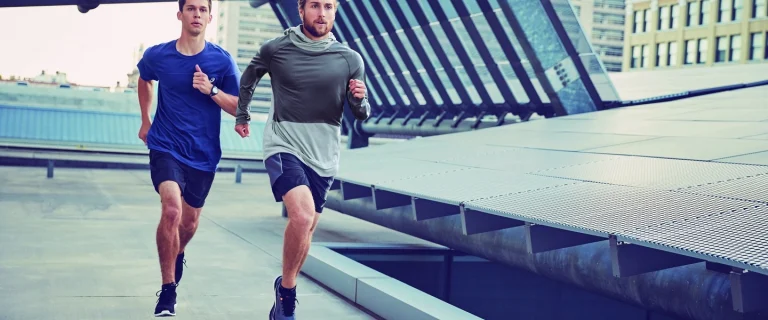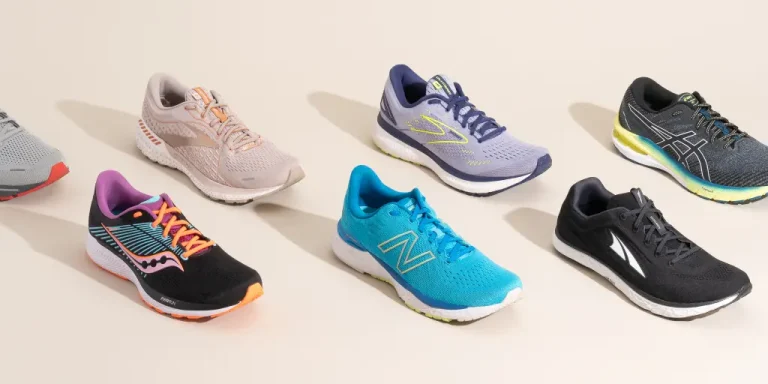Pickleball Shoes Vs. Tennis Shoes
Pickleball and tennis are two of the fastest-growing sports in the world. Both sports require players to move quickly and laterally on the court, so it’s important to have the right shoes to support your feet and ankles. But what’s the difference between pickleball shoes and tennis shoes? And which ones are right for you? In this blog post, we’ll take a deep look at pickleball shoes vs. tennis shoes, including their key features, benefits, and drawbacks. We’ll also provide tips on how to choose the right shoes for your needs.
Pickleball Shoes vs. Tennis Shoes: The Real Story
Pickleball shoes and tennis shoes serve different purposes and are designed with specific features to cater to the unique demands of their respective sports.
To provide you with a clear comparison, let’s take a look at the key differences between pickleball shoes and tennis shoes:
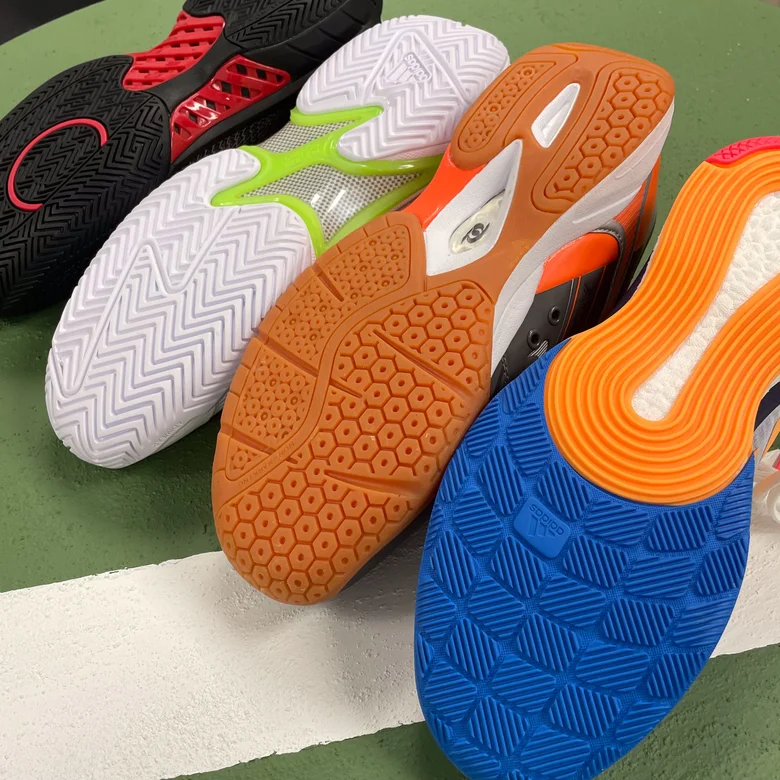
1) Outsole Design
Pickleball: Pickleball shoes are often designed with non-marking rubber outsoles that provide excellent grip on hard court surfaces. They are designed to minimize sliding and provide good lateral support, as pickleball involves quick side-to-side movements.
Tennis: Tennis shoes come in different designs based on the court type. For hard courts, tennis shoes have durable outsoles that can handle the abrasive surface. Clay court tennis shoes typically have herringbone or omni-directional tread patterns to provide traction on the loose clay. Grass court tennis shoes have nubs for added grip.
2) Support and Stability
Pickleball: Pickleball shoes prioritize lateral support due to the sport’s quick lateral movements and frequent changes in direction. They often have features like reinforced midsoles to support the feet during these movements.
Tennis: Tennis shoes are designed to provide stability for forward and backward movements, as well as lateral support for side-to-side motion. The design may vary depending on the court type but generally includes features like reinforced toe caps and cushioning for comfort.
3) Weight and Cushioning
Pickleball: Pickleball shoes tend to be lighter and offer good cushioning in the heel and forefoot to absorb shock from impacts during play.
Tennis: Tennis shoes can vary in weight and cushioning depending on the player’s preference and the specific court surface. Some may prioritize cushioning and comfort, while others focus on a balance of support and lightweight design.
4) Durability
Pickleball: Pickleball shoes are designed for the specific demands of pickleball courts and may not be as durable on other surfaces. The non-marking outsoles are essential to protecting the court surface.
Tennis: Tennis shoes are designed to withstand the rigors of different court surfaces, so they often have more durability features, especially for hard courts.
| Feature | Pickleball shoes | Tennis shoes |
|---|---|---|
| Fit | Wider, more flexible upper | Narrower, stiffer upper |
| Outsole | Herringbone outsole for good traction | Smoother outsole for sliding |
| Support | Designed for quick movement and changes in direction | Designed for lateral support and stability |
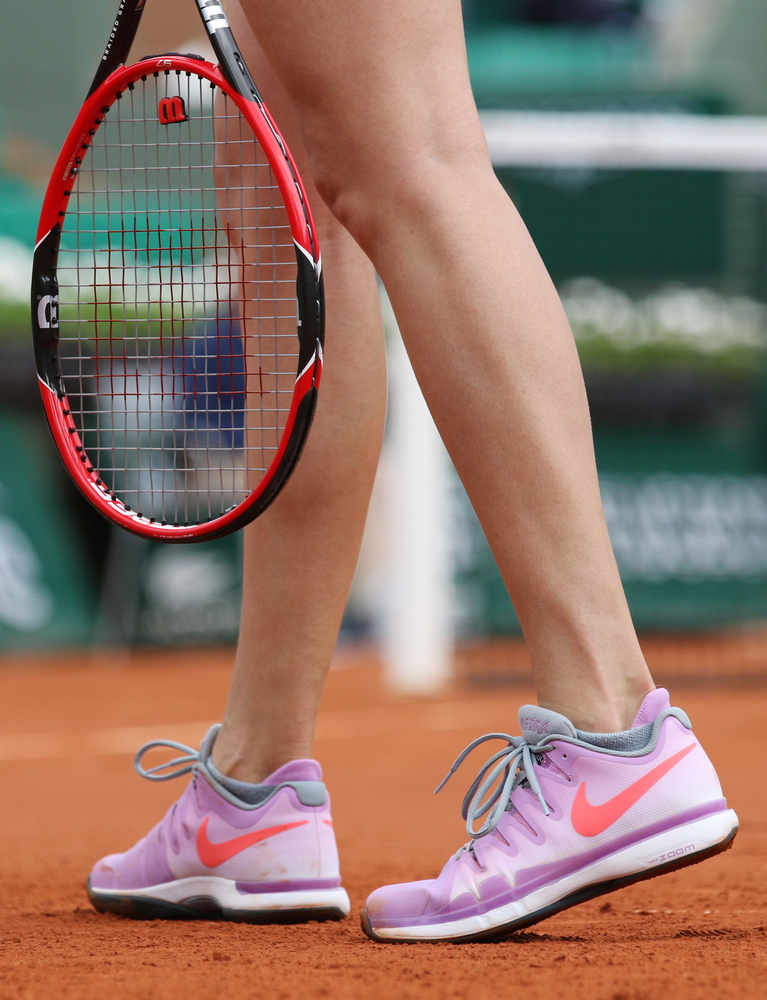
Pickleball Shoes vs. Tennis Shoes: Key Features Of Pickleball Shoes
Before the answer of this query, Pickleball Shoes vs. Tennis Shoes, some important factors
1) Non-Marking Sole
One of the key features of pickleball shoes is the non-marking sole. This is essential for indoor courts, as it prevents scuff marks and damage to the playing surface.
2) Lightweight
Pickleball shoes are designed to be lightweight, allowing players to move quickly and easily around the court. The lighter weight helps to enhance agility and quickness, enabling players to make rapid changes in direction.
3) Low Profile
Pickleball shoes typically have a low profile, meaning they have a lower heel-to-toe drop. This design feature promotes a more natural stance and helps to improve stability and balance on the court.
4) Flexibility
Pickleball shoes are designed to be flexible, allowing for easy movement and quick changes in direction. The flexible sole provides better ground contact and allows the feet to move naturally, enhancing overall performance on the court.
5) Cushioning
While pickleball shoes prioritize agility and quickness, they still provide adequate cushioning for comfort and shock absorption. This helps to reduce the impact on joints and prevent fatigue during long matches.

Pickleball Shoes vs. Tennis Shoes: Benefits of Pickleball Shoes
Pickleball shoes offer several benefits that are specifically designed to enhance performance and comfort on the pickleball court. Here are some key benefits of wearing pickleball shoes:
1) Agility and Quickness
Pickleball shoes are lightweight and designed to provide excellent agility and quickness. The lightweight construction allows players to move swiftly.
And easily around the court, making quick changes in direction and reacting to shots effectively.
2) Non-Marking Sole
Pickleball shoes have a non-marking sole, which is essential for indoor courts.
This feature prevents scuff marks and damage to the playing surface, ensuring a clean and safe playing environment.
3) Enhanced Stability
Pickleball shoes are designed to provide stability during lateral movements. They feature a low profile and a wider base, which helps to improve balance and prevent ankle rolling.
This stability is crucial for executing quick side-to-side movements and maintaining control during intense rallies.
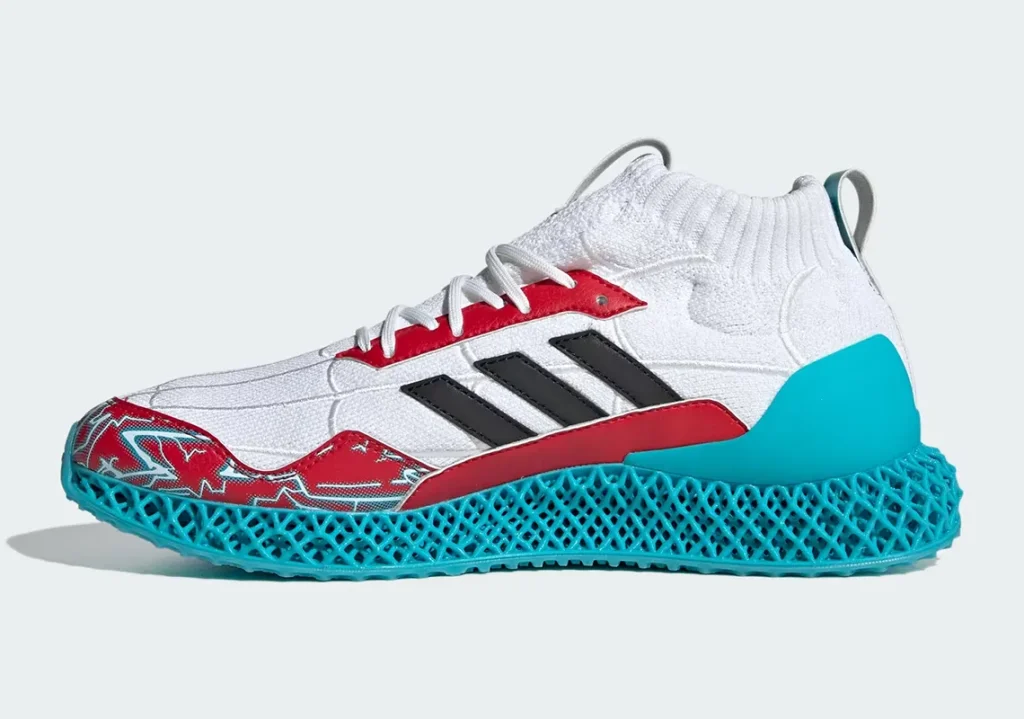
4) Flexibility
Pickleball shoes are built with flexibility in mind. The flexible sole allows for natural foot movement and better ground contact, which enhances overall performance on the court.
It allows players to move freely and comfortably, reducing the risk of foot and ankle injuries.
5) Cushioning and Shock Absorption
Despite their lightweight design, pickleball shoes offer adequate cushioning and shock absorption.
This feature helps to reduce the impact on joints, especially during high-intensity movements and jumps.
The cushioning also provides comfort, allowing players to play for longer periods without discomfort or fatigue.
6) Breathability
Many pickleball shoes are constructed with breathable materials and mesh panels. This allows for proper ventilation, keeping the feet cool and dry during intense gameplay.
Breathability helps to prevent excessive sweating and reduces the risk of blisters and foot odor.
7) Durability
Pickleball shoes are built to withstand the demands of the sport. They are designed with durable materials and reinforced areas, such as the toe and heel, to withstand the constant abrasion and wear on the court.
This ensures that the shoes last longer and provide consistent performance.
8) Specific Design for Pickleball
Pickleball shoes are specifically designed to meet the unique demands of the sport. They take into account the quick lateral movements, agility, and quick reflexes required in pickleball.
The design features and technologies are tailored to enhance performance and provide the necessary support for pickleball players.

Drawbacks of Pickleball Shoes
While pickleball shoes offer numerous benefits, there are a few potential drawbacks to consider. Here are some possible drawbacks to wearing pickleball shoes:
Limited Versatility
Pickleball shoes are specifically designed for the sport of pickleball, which means they may not be as versatile for other activities or sports. If you participate in multiple sports or activities, you may need to invest in different shoes for each one.
Lack of Traction on Outdoor Courts
Most pickleball shoes are designed for indoor court use, featuring a non-marking sole. While they provide excellent traction on indoor surfaces, they may not offer the same level of grip on outdoor courts.
If you primarily play on outdoor courts, you may need to consider shoes with a more aggressive tread pattern for better traction.
Less Durability on Rough Surfaces
Pickleball shoes are designed to be lightweight and flexible, which may sacrifice some durability, especially on rough or abrasive surfaces.
If you frequently play on outdoor courts with rough surfaces, the shoes may wear out more quickly compared to shoes designed specifically for outdoor use.
Limited Style Options
Pickleball shoes may have a limited range of style options compared to general athletic shoes.
If you prefer a wide variety of colors, designs, or brands, you may find fewer options available in the pickleball shoe market.
Potential Fit Issues
Like any athletic shoe, pickleball shoes may not fit everyone’s feet perfectly. Some players may find that certain brands or models do not provide the desired fit or support.
It’s important to try on different shoes and find the pair that fits your feet comfortably and securely.
Price
Pickleball shoes, especially those designed specifically for the sport, can be more expensive compared to general athletic shoes.
The specialized features and technologies incorporated into pickleball shoes can contribute to a higher price point.
However, it’s important to consider the long-term benefits and performance enhancements that these shoes can provide.
Read More: Best Pickleball Shoes For Wide Feet
Read More: Best Pickleball Shoes For Achilles Tendonitis
Must Read: Best Tennis Shoes Under $50: Men & Women
Must Read: Best Tennis Shoes For Metatarsalgia
Related To: Best Women’s Outdoor Pickleball Shoes
Related To: Best Tennis Shoes For Pickleball: Men & Women
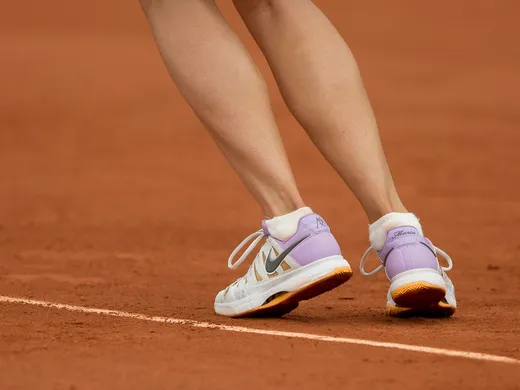
Pickleball Shoes vs. Tennis Shoes: Key Features Of Tennis Shoes
1) Stability
Tennis shoes are designed with stability in mind. They typically have a thicker sole and a higher profile compared to pickleball shoes.
This design provides a solid base and helps to prevent ankle rolling during lateral movements.
2) Lateral Support
Tennis shoes feature additional lateral support to accommodate the side-to-side movements required in tennis.
This support helps to prevent injuries and provides stability during quick direction changes.
3) Durability
Tennis shoes are built to withstand the wear and tear of outdoor courts. They have a durable outsole that can handle the abrasive nature of hard courts and provide long-lasting performance.
4) Toe Reinforcement
Tennis shoes often have reinforced toe areas to protect against toe dragging, which commonly occurs during serves and quick stops on the court. This reinforcement enhances the durability of the shoes.
5) Cushioning and Shock Absorption
Tennis shoes offer ample cushioning and shock absorption to provide comfort and reduce the impact on joints. This is especially important for players who spend extended periods on the court.
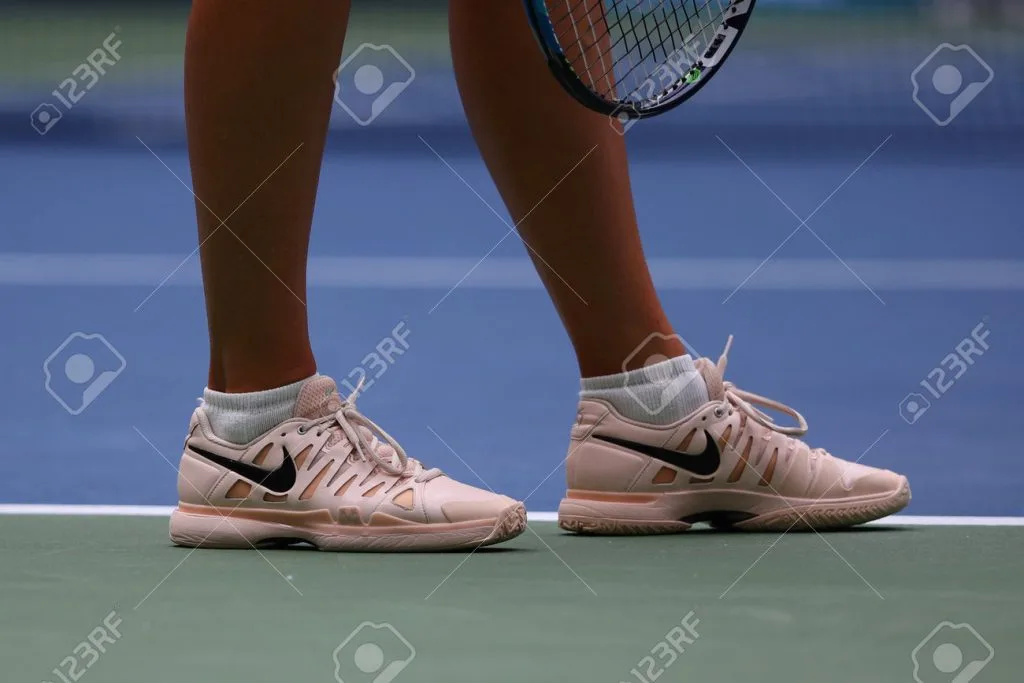
Benefits of Tennis Shoes
Tennis shoes are specifically designed to meet the unique demands of the sport, providing players with several key benefits. Here are some of the main advantages of wearing tennis shoes:
1) Traction And Grip
Tennis shoes are designed with a specialized outsole that provides excellent traction on the court. The outsole typically features a herringbone or modified herringbone pattern, which helps to grip the court surface effectively.
This traction allows players to make quick lateral movements, stop abruptly, and change direction with confidence, reducing the risk of slipping or sliding.
2) Stability and Support
Tennis shoes are built with stability and support in mind. They feature a low-to-the-ground profile, a wider base, and reinforced areas such as the midfoot and heel.
These design elements help to provide stability during side-to-side movements, preventing ankle rolling and enhancing balance.
Tennis shoes provide support that helps players stay balanced and in control during fast-paced rallies, reducing the risk of injuries.
3) Cushioning and Shock Absorption
Tennis shoes are equipped with cushioning systems that help to absorb impact and reduce the stress on joints, especially during high-intensity movements and jumps.
The cushioning technology varies between brands and models, but it generally provides a comfortable and responsive feel. Allowing players to play for longer periods without discomfort or fatigue.
4) Durability
Tennis shoes are constructed with durable materials and reinforced areas to withstand the demands of the sport. The upper is typically made of synthetic leather or mesh, which offers durability and breathability.
The toe and medial sides of the shoe often have added protection to withstand frequent toe dragging during serves and lateral movements.
The durability of tennis shoes ensures that they can withstand constant abrasion and wear on the court, providing long-lasting performance.
5) Flexibility
Tennis shoes strike a balance between stability and flexibility. While they provide stability during lateral movements, they also offer flexibility in the forefoot area, allowing for natural foot movement and better ground contact.
This flexibility enhances players’ ability to move quickly and smoothly around the court, improving agility and overall performance.
6) Breathability
Many tennis shoes feature breathable materials and mesh panels in the upper, allowing for proper ventilation. This helps to keep the feet cool and dry during intense gameplay, preventing excessive sweating and reducing the risk of blisters and foot odor.
The breathability of tennis shoes enhances comfort and allows players to focus on their game without distractions.
7) Versatility
Tennis shoes are not only suitable for tennis but can also be used for other activities or sports that involve lateral movements and quick changes in direction. Their design and features make them suitable for sports like pickleball, badminton, and squash, among others.
This versatility makes tennis shoes a practical choice for athletes who participate in multiple sports.

Drawbacks of Tennis Shoes
While tennis shoes offer numerous benefits, there are also a few potential drawbacks to consider. Here are some of the main drawbacks of wearing tennis shoes:
1) Limited Use on Non-Court Surfaces
Tennis shoes are specifically designed for use on tennis courts, which means they may not perform as well on other surfaces.
The specialized outsole and traction pattern that provide excellent grip on a tennis court may not offer the same level of traction on surfaces like grass, gravel, or concrete.
If you frequently play on non-court surfaces, you may need to consider alternative footwear options for optimal performance and safety.
2) Weight
Compared to general athletic shoes, tennis shoes can be slightly heavier due to their added stability and support features.
While this extra weight can provide benefits in terms of stability and durability, it may also be a disadvantage for players who prefer a lighter shoe for quicker movements and agility.
Some players may find that the weight of their tennis shoes affects their speed and agility on the court.
3) Stiffness
Tennis shoes often have a stiffer construction compared to other athletic shoes. This stiffness is intended to provide stability and support during lateral movements.
However, some players may find that the stiffness restricts their foot’s natural range of motion, making it harder to move fluidly and comfortably on the court.
It can take some time to break in tennis shoes and for them to become more flexible and comfortable.
4) Limited Style Options
While tennis shoes come in a variety of designs and colors, the style options may be more limited compared to general athletic shoes.
Tennis shoe manufacturers tend to prioritize performance features over fashion trends.
If you prefer a wide range of style options or trendy designs, you may find fewer options available in the tennis shoe market.
5) Price
Tennis shoes, particularly those designed for professional or high-performance play, can be more expensive compared to general athletic shoes.
The advanced technologies, materials, and design elements incorporated into tennis shoes contribute to their higher price point.
However, it’s important to consider the long-term benefits and performance enhancements that these shoes can provide.
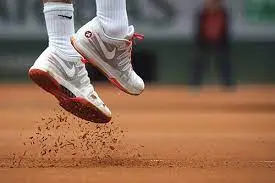
How to Choose the Right Shoes for You: Author’s Opinion
Choosing the right shoes is crucial for comfort, performance, and injury prevention. Here are some factors to consider when selecting the right shoes for you:
1) Foot Type
Understanding your foot type is essential to finding shoes that provide adequate support and stability. There are three main foot types: neutral arch, low arch (flat feet), and high arch. If you have a neutral arch, you have a natural balance between stability and flexibility.
If you have low arches, you may need shoes with more arch support to prevent overpronation. On the other hand, if you have high arches, you may require shoes with extra cushioning to absorb shock.
2) Playing Surface
Consider the type of playing surface you will be primarily using the shoes on. Tennis shoes designed for clay courts have a herringbone or zigzag pattern on the outsole, providing excellent traction on clay surfaces.
Shoes for hard courts typically have a more durable outsole with a modified herringbone pattern for enhanced grip. Grass court shoes often have smaller, nub-like studs for traction. Choosing shoes designed for the specific playing surface will optimize your performance and prevent slipping.
3) Proper Fit
Proper fit is crucial for comfort and performance. Shoes that are too tight can cause discomfort, blisters, and restrict movement, while shoes that are too loose can lead to instability and potential injuries.
When trying on shoes, make sure there is enough space in the toe box to wiggle your toes comfortably. The shoes should also provide a snug fit around the heel and midfoot to prevent excessive movement and ensure stability.
4) Cushioning and Support
Consider the level of cushioning and support you require based on your playing style and foot type. If you have a high-impact playing style or experience joint pain, shoes with ample cushioning in the midsole can help absorb shock and reduce stress on your joints.
In addition, look for shoes that provide adequate support in the arch area and stability features in the midfoot and heel for lateral movements.
5) Durability
Tennis shoes need to withstand the demands of the sport, including frequent lateral movements and toe dragging. Look for shoes with durable materials, reinforced areas, and sturdy construction to ensure they can handle the rigors of the game.
Pay attention to features such as reinforced toe caps and durable outsoles to maximize the lifespan of the shoes.
6) Brand and Model
Different brands and models of tennis shoes offer varying features, technologies, and fits. It’s important to try on different brands and models to find the one that suits your feet and preferences best.
Consider factors such as reputation, customer reviews, and the specific features offered by each brand and model.
7) Comfort and Feel
Pickleball Shoes vs. Tennis Shoes, ultimately, the most important factor is how the shoes feel on your feet. Walk around in the shoes, jump, and perform some lateral movements to assess their comfort and feel.
Pay attention to any pressure points, rubbing, or discomfort. Trust your instincts and choose shoes that feel comfortable and supportive.
Pickleball Shoes vs. Tennis Shoes: The Smart Answer
To put it simply, pickleball shoes are made for mobility and traction, while tennis shoes are made for support and stability.

conclusion
Pickleball shoes and tennis shoes are designed for different purposes. If you are a pickleball player, you will need shoes that provide you with agility and quickness. If you are a tennis player, you will need shoes that provide you with stability and lateral movement.
By considering the court, your playing style, your foot type, and the fit of the shoes, you can choose the right pair of shoes for your game. Remember to replace your shoes when they start to show signs of wear and tear, and always wear socks to prevent blisters.

